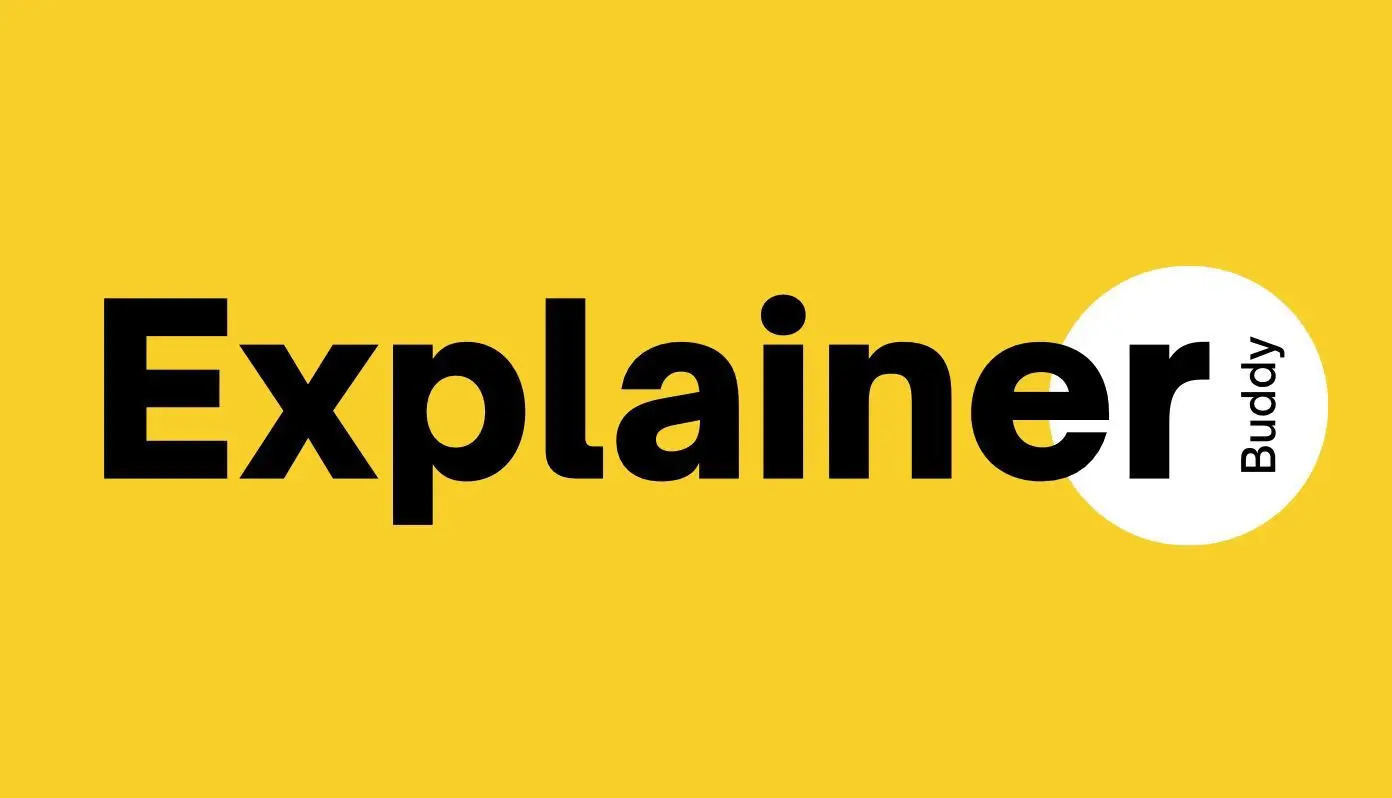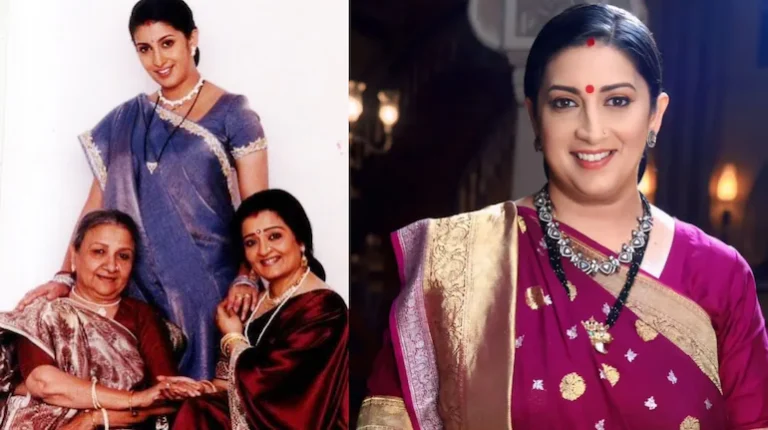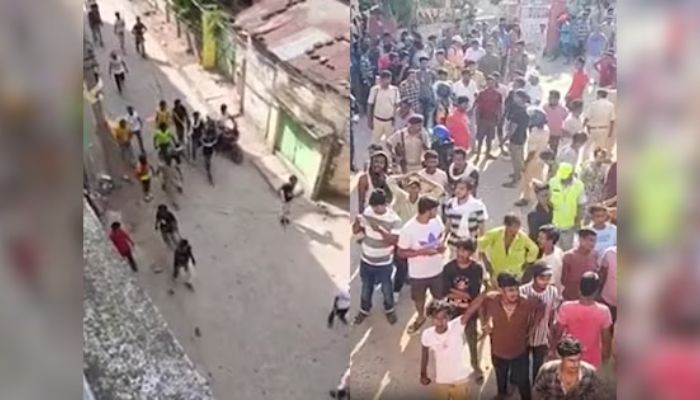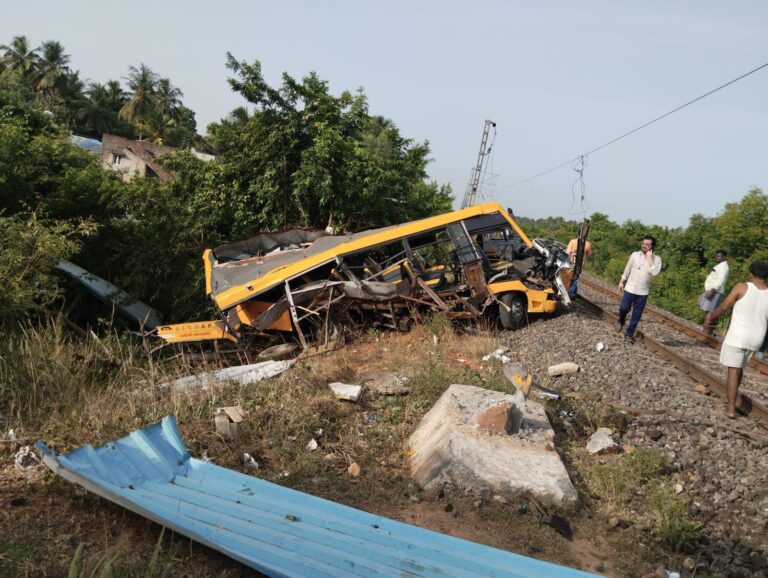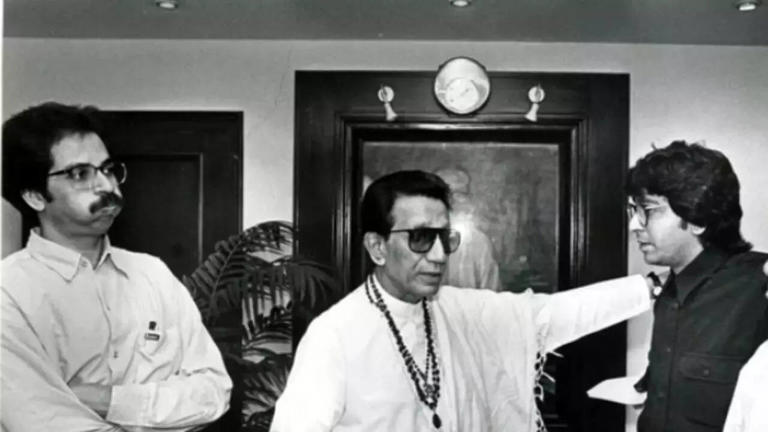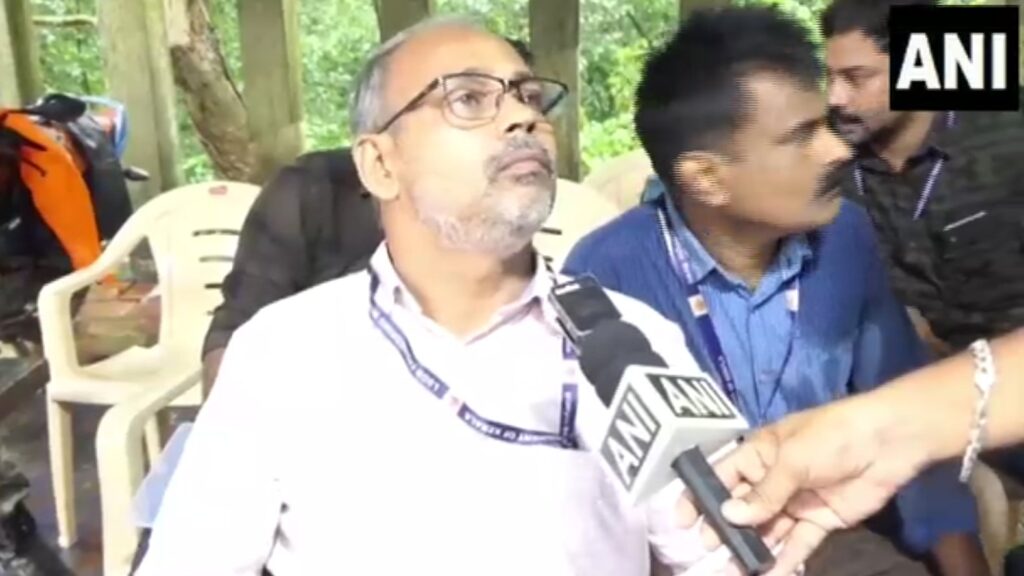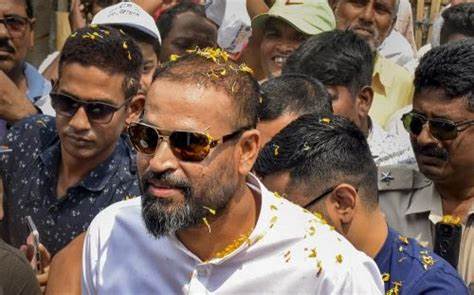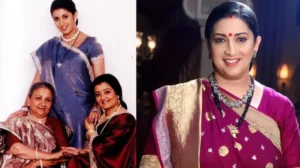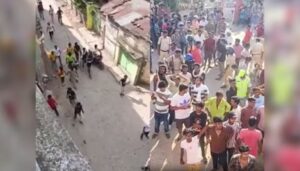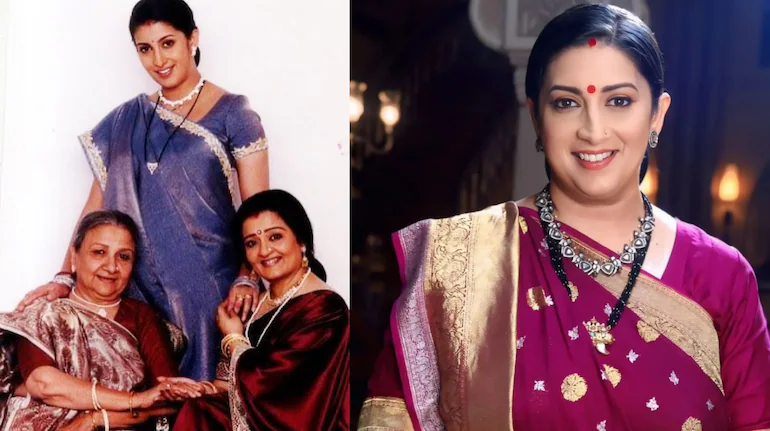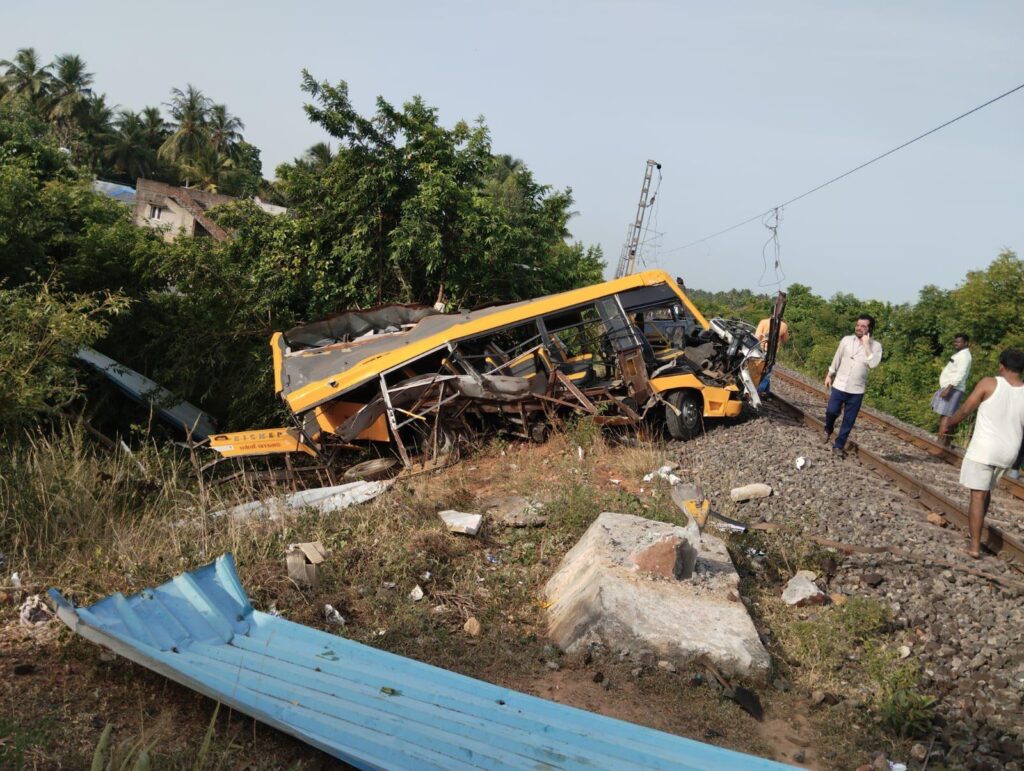What Caste Census Is and Why It Matters.
India is finally doing it a caste census in 2025. For the first time in nearly a century, the country is preparing to measure its most defining — and most divisive — social identity with hard numbers. But here’s the twist — for decades, we’ve had reservations, welfare schemes, and political slogans in the name of caste… without actually knowing how many OBCs live in this country. Now, in the shadow of Bihar’s bombshell survey and a changing political tide, that silence is breaking.
The caste census is no longer just a bureaucratic exercise — it’s a battle for power, justice, and the soul of modern India.
#WATCH | Delhi | "Cabinet Committee on Political Affairs has decided today that Caste enumeration should be included in the forthcoming census," says Union Minister Ashiwini Vaishnaw on Union Cabinet decisions. pic.twitter.com/0FtK0lg9q7
— ANI (@ANI) April 30, 2025
Why Now? The Political and Social Context of the 2025 Caste Census
India’s decision to include a caste census in the 2025 national census, announced on April 30, 2025, is a game-changer driven by political strategy and social realities.The push for a new census gained momentum due to demands from opposition parties and regional allies. But Far from being a concession to opposition demands, the Bharatiya Janata Party (BJP) has turned the caste census into a powerful tool to counter the narrative of parties like Congress, who position themselves as champions of Scheduled Castes (SCs), Scheduled Tribes (STs), and Other Backward Classes (OBCs).
Since the last caste count in 1931, India has relied on limited data, except for the 2011 Socio-Economic and Caste Census, which was never fully released.
Year | Event |
1931 | Last full caste enumeration conducted by British India (basis for many current OBC estimates). |
1951–2011 | Post-independence censuses collected data only for SCs and STs. |
2011 | Socio-Economic and Caste Census (SECC) was held, but caste data was not released officially due to inconsistencies. |
2023 | Bihar Government conducted a detailed caste-based survey, triggering a national conversation. |
States like Bihar, which conducted its own caste survey in 2023, showed that 84% of its population belongs to backward or marginalised groups, highlighting stark inequalities. This data fueled calls for a national count to address disparities in wealth, education, and jobs.
Politically, the timing is significant. By embracing the census, the BJP aims to cement its dominance through a potent formula of Hindutva, social engineering, and governance, setting the stage for a resounding comeback in the 2029 Lok Sabha elections.
Is the Caste Census Divisive or Unifying? The Moral Debate
The caste census has sparked a heated moral debate. Supporters argue it is essential for social justice. They say caste data will reveal inequalities, helping the government design better welfare programs. For example, scholars like Satish Deshpande argue that “what gets measured gets managed,” meaning data is key to addressing systemic issues. Proponents believe the census could unify India by ensuring fair opportunities for marginalised groups, who make up a significant portion of the population.
Critics, however, fear it may deepen caste divisions. They argue that focusing on caste reinforces outdated identities, potentially fueling tensions in a society already divided by religion and region. Some, like analyst Alok Bansal, call it a political tool that could worsen casteism rather than reduce it. Public reactions are mixed—some celebrate the census as a step toward equality, while others worry it will entrench caste-based politics. This debate reflects the challenge of balancing data-driven progress with social cohesion.
Congress’s Political Strategy: Reframing the Caste Narrative
The Congress party has strategically used the caste census to strengthen its political position. Led by Rahul Gandhi, Congress has championed the census since 2020, framing it as an “X-ray” of India’s inequalities. Gandhi’s slogan, “Jitni aabadi, utna haq” (rights proportional to population), appeals to OBCs, SCs, and STs, who form about 69% of India’s population. By advocating for caste data, Congress aims to counter the BJP’s Hindu unity narrative, which some say overlooks caste disparities.
Following the government’s acceptance of the caste census in April 2025, Rahul Gandhi escalated his demands, calling for the immediate removal of the 50% reservation cap and the introduction of reservations in private institutions.
"My Caste Census demand accepted. Now, I want cap of 50% Reservation to be immediately removed. I also demand Reservation in private institutions"
— Times Algebra (@TimesAlgebraIND) April 30, 2025
- RAHUL GANDHI pic.twitter.com/NrumbbVsQd
These bold proposals aim to position Congress as the leading voice for marginalised communities, pressuring the BJP to respond.
However, Congress faces challenges. In Karnataka, its delay in implementing a 2015 caste survey due to opposition from dominant castes like Vokkaligas weakened its credibility. Additionally, pushing for private sector reservations and removing the reservation cap risks alienating upper castes and corporate interests, potentially narrowing Congress’s voter base. Despite these hurdles, Congress’s aggressive caste-based strategy has forced the BJP to act, highlighting its political impact.
The Role of Caste in Modern India: Beyond the Census
Caste remains a powerful force in India, shaping marriage, jobs, and politics. Only 5% of marriages are inter-caste, and urban areas still see caste-based segregation in housing. The census could spark broader conversations about caste’s role in a globalised India, where tech and urbanisation coexist with tradition. For instance, caste influences corporate hiring and even dating apps, showing its relevance beyond rural areas. The census data may push India to confront these realities, potentially leading to policies that reduce disparities.
Globally, India’s caste census can be compared to race or class data collection in countries like Germany, where such data helps address inequality. By providing hard numbers, the census could redefine how India tackles social challenges, making caste less of an invisible barrier.
The 2025 caste census is more than a data exercise. India isn’t just counting castes in 2025 — it’s confronting its deepest fault lines and This isn’t just about data collection or government forms. Because while Congress may be using it to score political points. The real question is: will this data divide the country further — or finally help unite it?



